Sapa Dreams - Vietnam’s Hidden Gem in the Clouds
- Tuesday, Apr 15, 2025, 15:21 (GMT+7)
Sapa Dreams - Vietnam’s Hidden Gem in the Clouds
If there is one place in Vietnam where I could let go of everything, sit quietly in the mist, and breathe in the soul of the mountains, it would be Sapa. Not because it’s new or undiscovered—quite the opposite. It’s because every time I return, I feel as if I’m stepping into a different world. A world that changes with the clouds, yet remains hauntingly familiar, like a dream I once had and never wanted to wake up from.
Perched at over 1,500 meters above sea level in Lào Cai Province, Sapa is cradled in the Hoàng Liên Son mountain range, like a secret whispered to those willing to slow down and listen. This small mountain town doesn’t reveal its magic to the hurried traveler. It invites you, gently, to pause. To breathe slower. To feel the wind wrap around your fingers. To notice the smoke curling from a wooden house in the distance. To hear the laughter of children selling handmade bracelets in the market, and the melodic lull of a Hmong mother humming to her baby.
Sapa is not just a destination; it’s a rhythm of life. A rhythm stitched into the folds of embroidered skirts, the scent of grilled corn on a winter night, and the quiet strength in the eyes of women who climb hills with baskets on their backs. The air may be cold, sometimes biting, but it softens you. It silences the noise inside and makes space for wonder.
I remember my first time arriving in Sapa, during the tail end of winter. The town was cloaked in thick fog, and the winding mountain road was barely visible. Everything felt like a blank canvas. But then, as the sun pierced through, the valley slowly unveiled itself—terraced rice fields shimmering like golden dragon scales, wooden houses tucked beneath blooming plum trees, and far above, the majestic peak of Mount Fansipan rising like a sentinel guarding ancient secrets. I stood still, not because I wanted a photo, but because I simply forgot how to move.
Walking through Cát Cát village as twilight descended, I felt as though I had stepped into a forgotten time. The sound of water trickling over stone paths, the smell of firewood, and the sight of a grandmother embroidering under the dim light of her doorway—all of it felt impossibly real, and impossibly tender. Her hands, worn with time, moved with the grace of someone who knew the value of patience. Her smile said more than any tour guide could ever tell me.
In spring, Sapa becomes a watercolor painting. Pink peach blossoms and white plum flowers light up the hills, while the breeze carries the scent of earth and renewal. In summer, the rice terraces burst into brilliant green. Autumn wraps the town in a golden glow as the harvest ripens, and winter brings with it a calm that hushes the mountains—sometimes even snow. Yes, snow, in Vietnam. A rare and magical sight.
But the magic of Sapa isn’t only in its changing seasons. It’s in the stories carried by the wind. The echoes of traditional songs sung at festivals. The chime of silver bangles worn by the Red Dao women. The clop of a horse on a distant trail. If you close your eyes here, you can hear the heartbeat of a culture that has endured centuries without losing its soul.
The best time to visit Sapa is from late September to early October when the rice terraces reach their golden peak. But if you crave the mist and mystery, December through February will offer you a poetic solitude. Spring brings color, festivals, and a contagious energy. From Hanoi, getting to Sapa is an adventure itself—whether by night train to Lào Cai followed by a scenic drive, or by a bus weaving through mountain roads. If you’re brave enough, rent a motorbike and take the legendary Ô Quy Hồ Pass. The views will steal your breath in the best way possible.
Food in Sapa is not just sustenance—it’s comfort. The cold sharpens your senses, making everything taste deeper. Try a hot bowl of “thắng cố,” a dish best eaten in the middle of a market crowd, steam rising like a morning prayer. Try grilled skewers by the roadside, trout hotpot, sticky rice cooked in bamboo tubes, or a glass of home-brewed apple wine that burns but warms you from the inside out.
There’s something uniquely grounding about watching the sun rise over Sapa, with clouds rolling beneath your feet. You feel small, yes, but also infinite—as if the universe has paused for a moment to let you in on a secret. In that silence, you remember who you are beneath the noise, beneath the deadlines and the deadlines and the scrolling and the always-somewhere-else.
Maybe you came to Sapa because you saw it on someone’s Instagram. But I promise, you’ll stay—or return—because of how it makes you feel. Not dazzled. But deeply moved. Not rushed. But seen. Sapa does not entertain you—it invites you to be. And that, in today’s world, is rare and precious.
Some places are meant to be checked off a bucket list. Sapa is not one of them. It’s a place you carry home, like the scent of pine in your coat, or the memory of mist on your eyelashes. A place that opens quietly inside you like a folded letter from a friend long forgotten but deeply missed.
And if anyone ever asks me, “Where in Vietnam can I go to fall back in love with the world?” I won’t hesitate. I’ll say, “Go to Sapa. Let the mountains speak to you. Let the clouds write their stories across your soul. You won’t come back the same—and that’s the point.”

 CHECKIN.VN
CHECKIN.VN

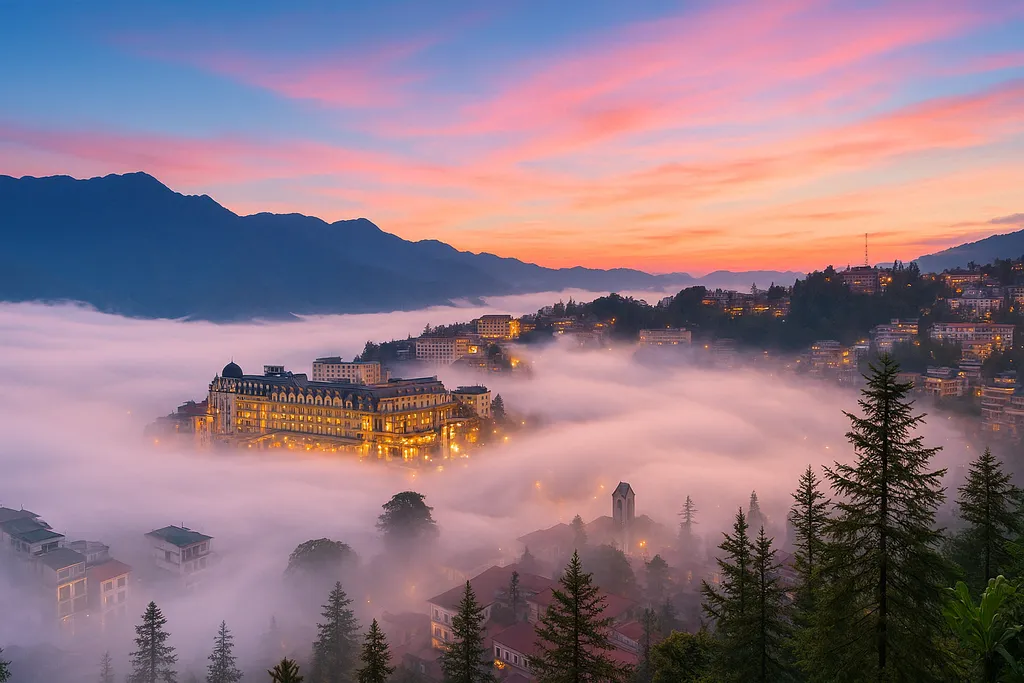

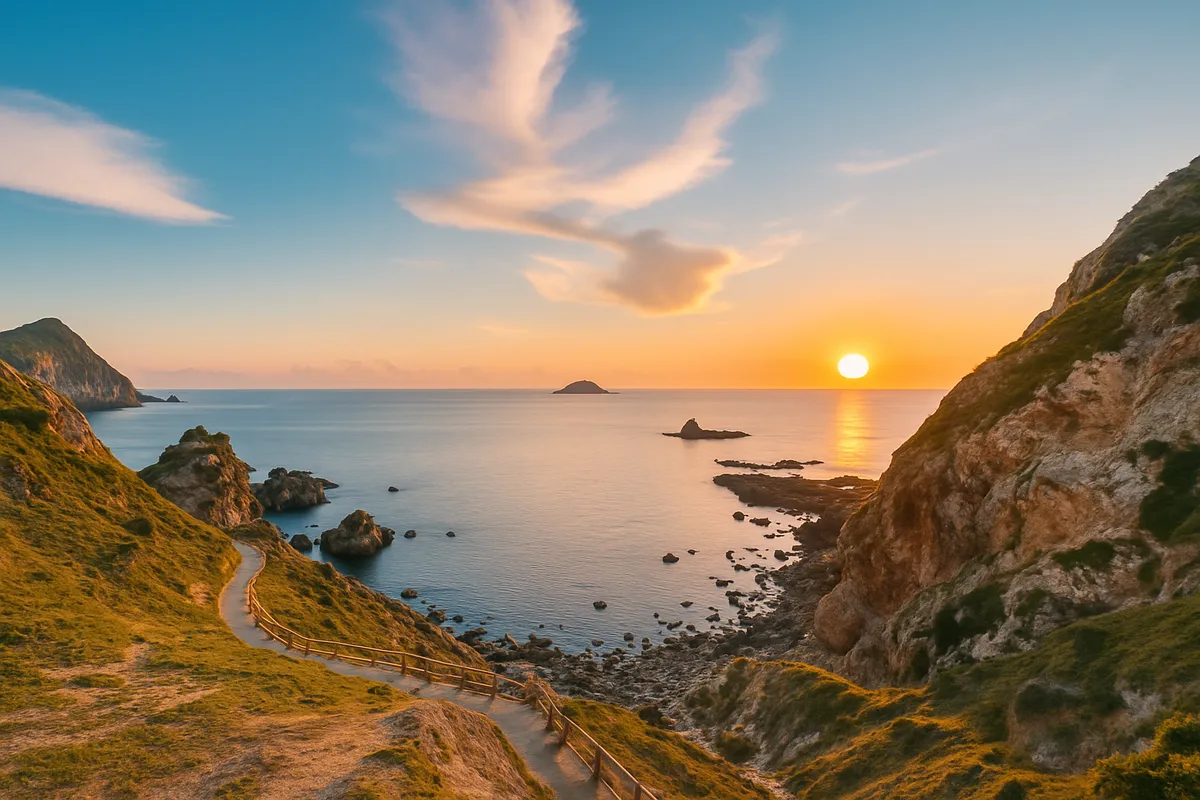
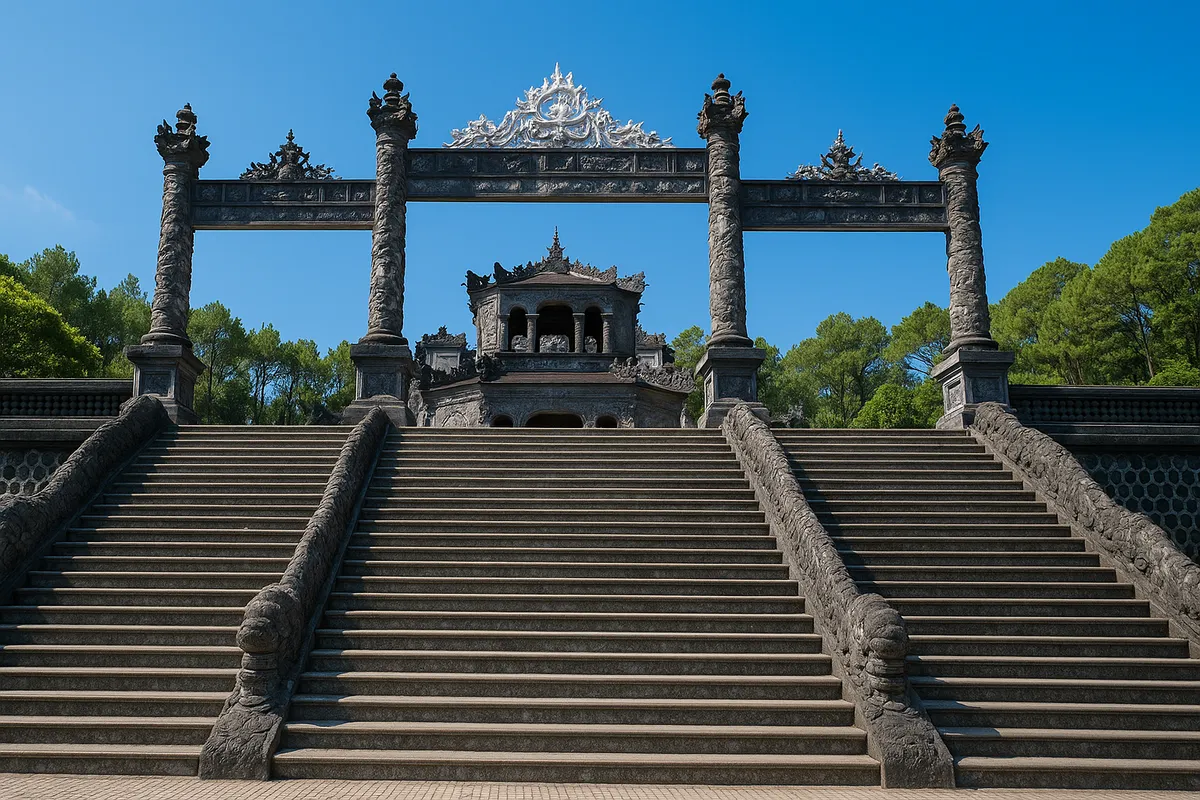
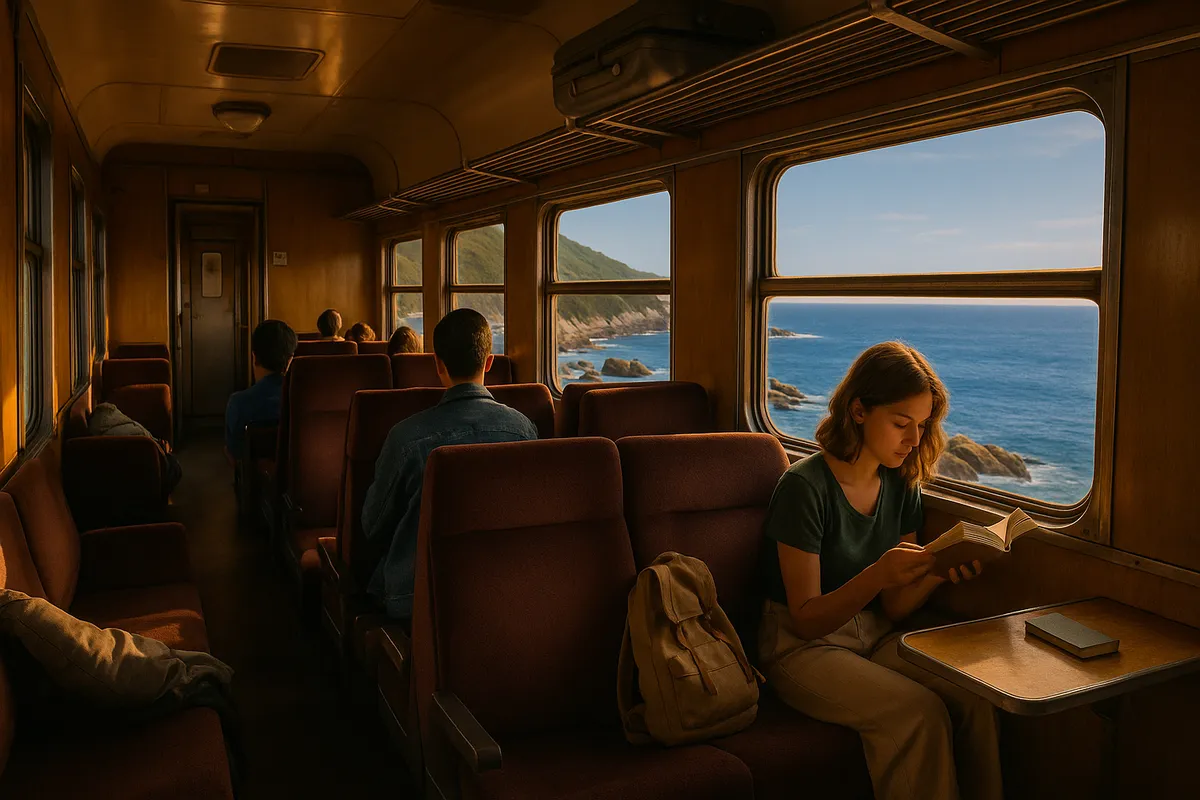

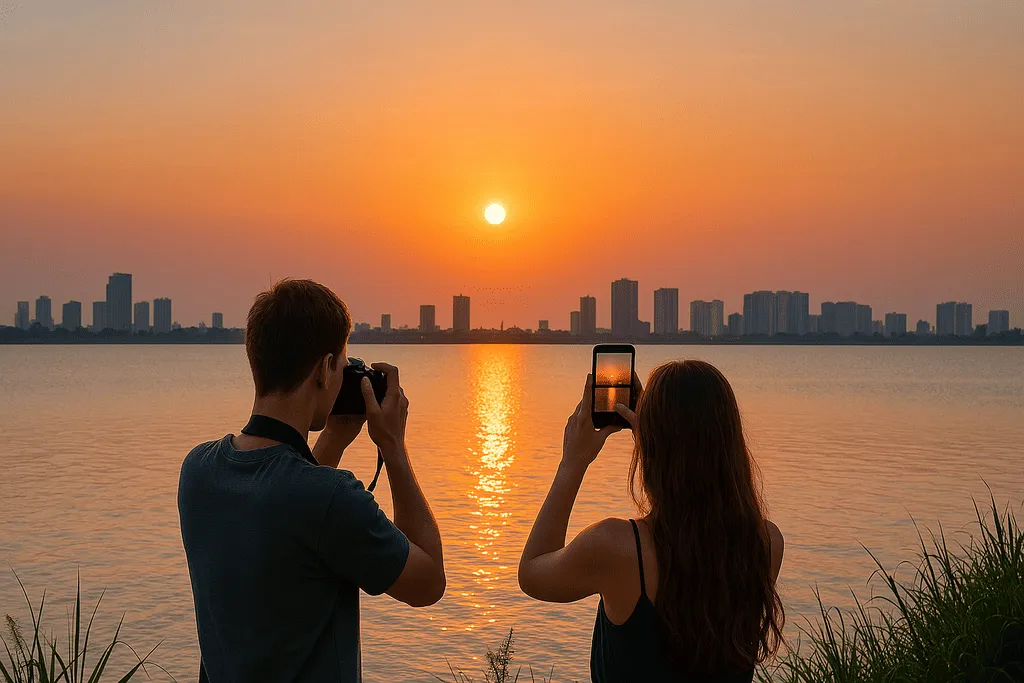
Share on